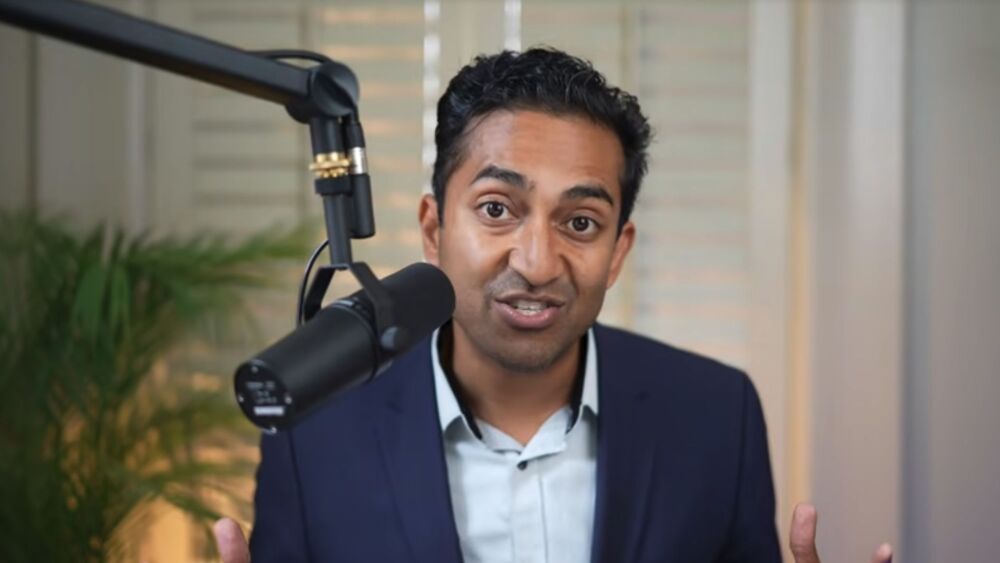February 18, 2016
By Alex Keown, BioSpace.com Breaking News Staff
SAN FRANCISCO – Google’s life sciences division, Verily Life Sciences, made a big move by securing the 400,000 square-foot space formerly occupied by Onyx Pharmaceuticals in the heart of San Francisco’s biotech industry, the San Francisco Business Times reported this afternoon.
Citing sources familiar with the matter, the Business Times said Google’s move has not yet been finalized, but could be by the end of the week. If the move is finalized, then Verily could begin moving its 400 employees by the end of the year, the Business Times said. Although not confirmed, the Times said sources suggest the deal is a sublease from Amgen Inc. , which acquired Onyx in 2013, as opposed to a direct lease with the landlords. The facility is a combination of laboratory and office space. Since no deal has yet to be confirmed, how much Verily will pay for to lease space near other pharmaceutical giants such as Genentech , is unknown.
If Verily does take over the former Amgen space, the company certainly has room to expand. As it stands now, the company would not occupy the entirety of the former Onyx space, but if the multiple deals Verily has struck take root, there will be plenty of opportunity for growth and expansion. Verily is currently hiring for about 40 positions, the Business Times said.
Verily is the first of Google’s many “moon shot” companies to stand alone under its new Alphabet umbrella. Verily’s focus seems to be a combination of merging big data and healthcare, while at the same time developing various biological data monitors. Verily has developed several relationships with larger biotech companies, including Novartis , DexCom and Sanofi .
In September, Google teamed up with Novartis, one of the largest insulin makers in the world, to develop contact lenses to monitor blood glucose levels. The lens, as described on Jan. 16, 2014 on the official Google blog is “a smart contact lens that’s built to measure glucose levels in tears using a tiny wireless chip and miniaturized glucose sensor that are embedded between two layers of soft contact lens material.” The blog went on to indicate the company was testing prototypes that could create a reading every second and that might have integrated LED lights that would light up to warn the wearer when glucose levels were too high or low.
In August, Google and Paris-based Sanofi, another leader in diabetes therapies, teamed up on diabetes monitoring and treatments, although little was revealed about the partnership. Also in August, Google entered a partnership with DexCom (DXCM) to develop a Band-Aid sized wearable glucose monitor.
In January, Google and multiple sclerosis drug maker Biogen Idec teamed up to research and address environmental and genetic factors that can cause the debilitating disease multiple sclerosis.
The Times noted the real estate deal with Google, if it goes through, helps relieve Amgen of some unnecessary property that is no longer being used. Amgen, the Times said, is under an executive order to rid itself of approximately 25 percent of its world-wide real estate holdings.





